In a significant move aimed at preserving the ecological and aesthetic integrity of Ha Long Bay, Vietnamese authorities have announced new regulations that will restrict certain cruise ships from entering the core area of the UNESCO World Heritage Site starting September 2025. The decision comes after years of growing concerns over environmental degradation, overcrowding, and the long-term sustainability of one of Vietnam’s most iconic natural wonders.
The new policy targets older, less environmentally friendly vessels that fail to meet updated emission and safety standards. These ships, often operating with outdated engines and inadequate waste management systems, have been identified as major contributors to water pollution and noise disturbance in the bay. By phasing them out, the government hopes to reduce the environmental footprint of tourism while maintaining Ha Long Bay’s status as a premier global destination.
Local tour operators and businesses have expressed mixed reactions to the announcement. While many acknowledge the necessity of sustainable tourism practices, some smaller operators fear the financial strain of upgrading or replacing their fleets. "This is a necessary step for the future of Ha Long Bay," said Nguyen Van Hai, a spokesperson for a coalition of eco-tourism companies. "But we also need support mechanisms to ensure smaller players aren’t left behind."
The core zone, which encompasses the most visually striking and ecologically sensitive areas of the bay, will see stricter enforcement of visitor caps alongside the vessel restrictions. Authorities plan to introduce a permit system to regulate access, prioritizing operators who invest in green technology and adhere to responsible tourism guidelines. This approach mirrors similar measures adopted in other fragile ecosystems, such as Thailand’s Maya Bay and Croatia’s Dubrovnik, where controlled access has helped mitigate overtourism.
Environmental groups have applauded the decision, though some argue the timeline should be accelerated. "Ha Long Bay’s limestone karsts and marine biodiversity are irreplaceable," noted Le Thi Minh, a marine conservationist with GreenViet. "Delaying action risks irreversible damage. We’d like to see stricter penalties for non-compliance and more incentives for sustainable operators."
The Vietnamese government has pledged financial assistance programs, including low-interest loans and tax breaks, to help affected businesses transition to compliant vessels. Meanwhile, international cruise lines operating in the region have already begun retrofitting ships with cleaner propulsion systems and advanced wastewater treatment facilities to meet the new standards.
Tourists planning visits beyond 2025 are advised to verify their cruise operator’s compliance status when booking trips. The changes are expected to elevate overall visitor experiences by reducing congestion and improving water clarity, but may also lead to higher tour prices as operators pass on modernization costs. For now, the emerald waters and towering limestone pillars of Ha Long Bay remain accessible to all—but the clock is ticking for an industry at a crossroads between profit and preservation.

By /Aug 5, 2025
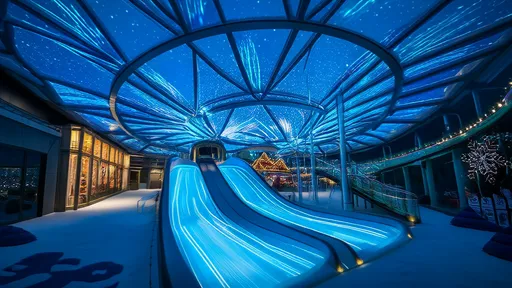
By /Aug 5, 2025
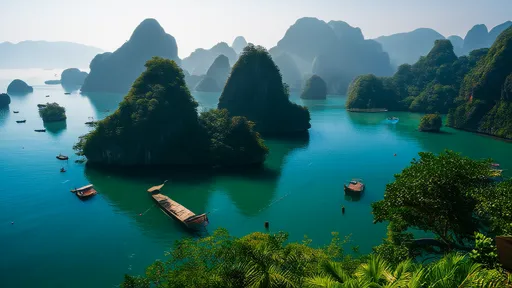
By /Aug 5, 2025

By /Aug 5, 2025

By /Aug 5, 2025
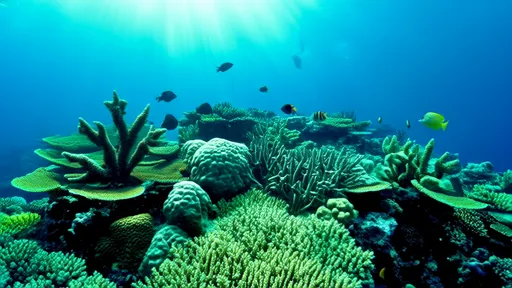
By /Aug 5, 2025
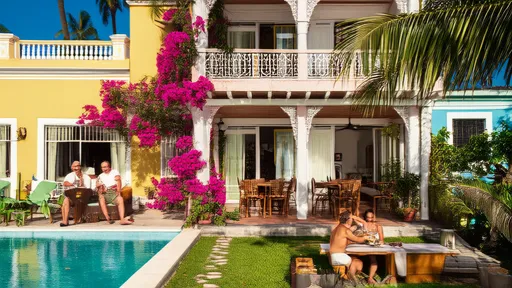
By /Aug 5, 2025

By /Aug 5, 2025
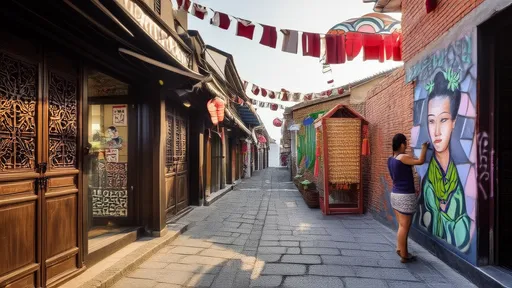
By /Aug 5, 2025
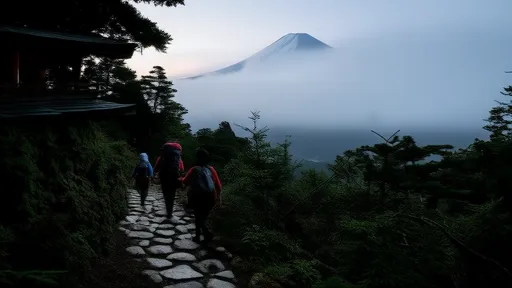
By /Aug 5, 2025

By /Aug 5, 2025
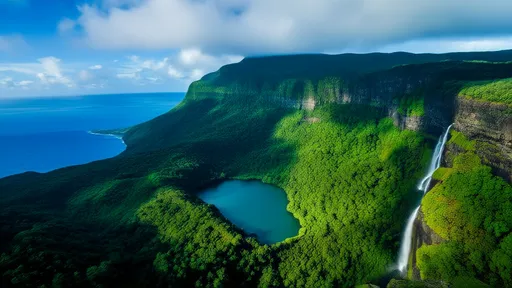
By /Aug 5, 2025
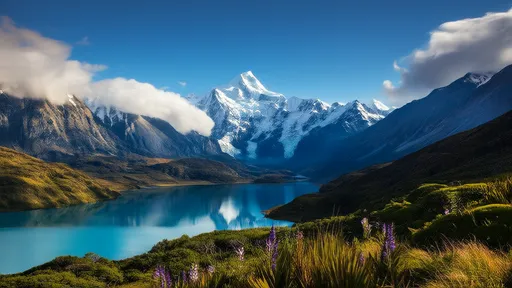
By /Aug 5, 2025
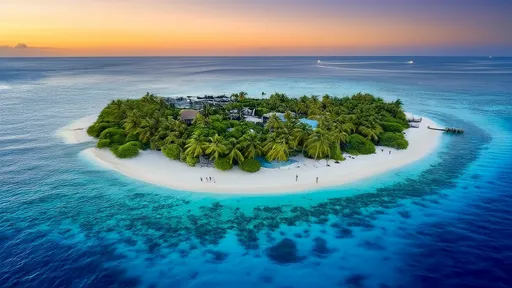
By /Aug 5, 2025
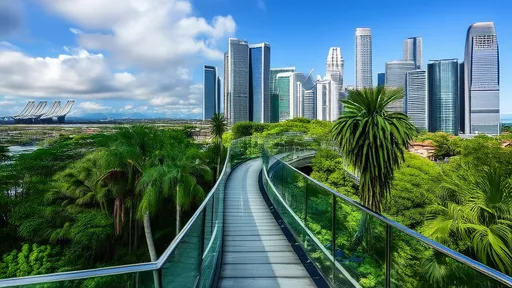
By /Aug 5, 2025

By /Aug 5, 2025

By /Aug 5, 2025
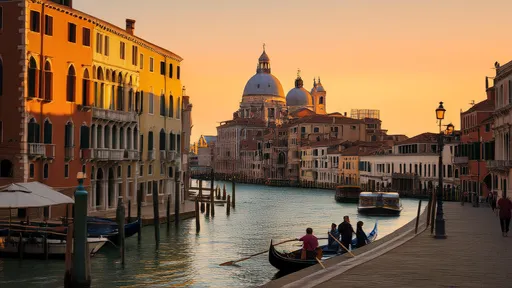
By /Aug 5, 2025
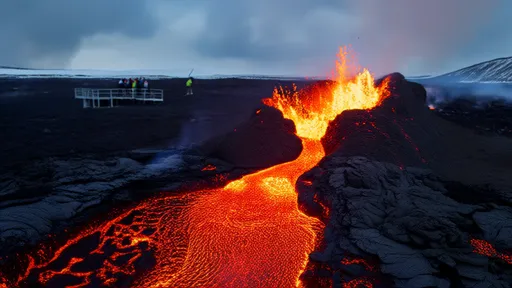
By /Aug 5, 2025

By /Aug 5, 2025